Open source tools and applications make life easier for everyone and system administrators or sysadmins are among them. There are a number of open-source and best sysadmin tools available today that help system administrators to work more efficiently. Some of them automate the routine administration tasks, while some tools are useful to assist the overall maintenance and troubleshooting.
Sysadmins have a lot up their sleeves these days with new web services and technologies coming up. They not only have to take care of routine administrative tasks, like upkeeping, configuring, and ensuring reliable operations of computer systems within the set budget, but with a number of increasing cyberthreats, their workload of troubleshooting, maintaining security policies, training, and technical support has also increased manifolds.
Best sysadmin tools for Windows, Linux, and other OS
So, sysadmins need all the help that they can get and hence, we have come up with this compilation of the best tools for sysadmins for that will not only rule the roost in 2021 but for many years to come.
1. Git

Git, the free and open-source distributed version control system, can handle projects of all sizes with speed, ease of use, and efficiency.
It is released under the GNU General Public License version 2.0, and comes with a number of handy features including multiple workflows, convenient staging areas, color controls, improved GPG signing for tags and commits, etc. for maximized performance.
Sysadmins don’t need to spend all day making a test setup, they can just create a branch and clone it to the test server. They can track the configuration changes made using Change history.
The branching model in Git is something that helps every sysadmin to have multiple independent local branches. It takes a few seconds to create, merge, and delete any branch.
Branching model enables the users to create a branch even if they want to try out an idea, and delete it if doesn’t work. New branches can be created for every new feature they want to work on and can flawlessly switch back and forth between them. 
The internal data formatting in Git can handle the dates beyond the year 2100.
It outclasses the Software configuration management (SCM) tools such as Perforce, CVS (Concurrent version system), Subversion, and ClearCase.
Git is used by leading companies including Google, Facebook, Microsoft, Twitter, LinkedIn, Netflix, and many of the most popular open-source projects.
Suggested reading: Cloud DNS management comparison: Alibaba, Amazon, Google, IBM, Microsoft
2. Kubernetes
Kubernetes, the powerful system developed by Google, provides horizontal scaling to the sysadmins so that they can scale the application up and down using a single command with a user interface (UI) based on CPU usage. It can be installed with the desired package managers like yum and apt-get.
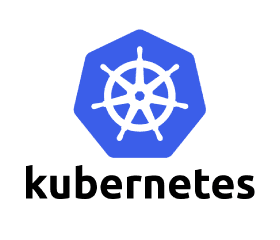 Kubernetes can automate the deployment, scaling, and management of containerized applications. It can automatically place containers on the basis of their infrastructure needs and other constraints, without losing the availability.
Kubernetes can automate the deployment, scaling, and management of containerized applications. It can automatically place containers on the basis of their infrastructure needs and other constraints, without losing the availability.
It is one of the most reliable sysadmin tools that contain some servers called nodes, which configure the container networking and run the assigned workloads. Each node is in contact with the cluster group through the kubelet.
It removes the containers that don’t respond to user-defined sources, restarts the containers that fail, also replaces and reschedules them when nodes die.
Containers get unique IP addresses with Kubernetes, and a single DNS name for a set of containers. It provides ease of creating clusters with only two commands.
It is open source and provides the freedom to effortlessly move data across on-premises, hybrid, or public cloud infrastructure.
Suggested reading: Top 10 best data center service providers in India 2021
3. Eclipse
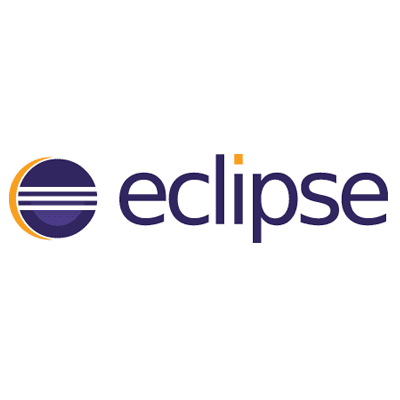 Eclipse is one of the most popular integrated development environments (IDEs) in the world. It began as a tool for Java development initially but it can now be used to develop applications in other programming languages as well including Python, Perl, C/C++, and PHP.
Eclipse is one of the most popular integrated development environments (IDEs) in the world. It began as a tool for Java development initially but it can now be used to develop applications in other programming languages as well including Python, Perl, C/C++, and PHP.
The cloud versions of Eclipse support web technologies such as CSS, JavaScript, and HTML. It offers sysadmins the support of over 250 open source projects, of which most of them are associated with development tools.
Eclipse community provides more releases to Eclipse every year in June, with new release name and number.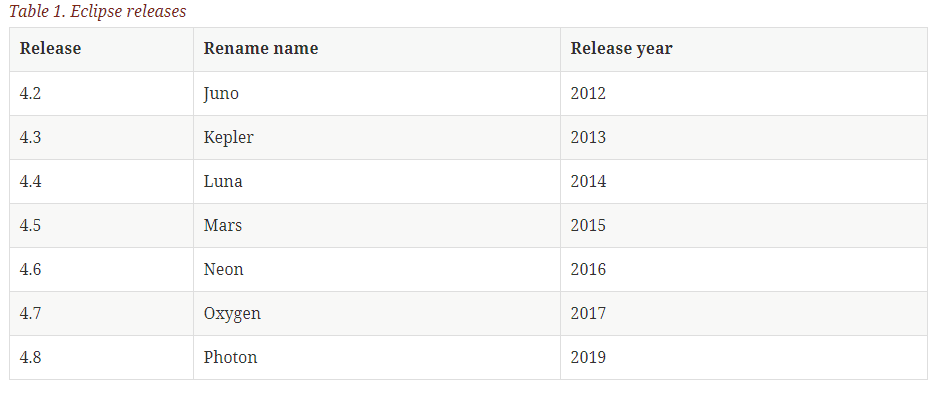
Must read: Average cost per DNS attack is now whopping $1.07 million: Report
4. Docker
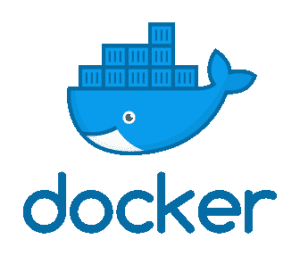 Docker is built with open source technology that addresses a diverse set of applications and infrastructure for both sysadmins and developers. The applications can be easily created, deployed, and run in virtual containers on Linux servers.
Docker is built with open source technology that addresses a diverse set of applications and infrastructure for both sysadmins and developers. The applications can be easily created, deployed, and run in virtual containers on Linux servers.
It consists of small footprints and low overheads, providing sysadmins the flexibility, and decreases the number of systems needed.
The sysadmins with intermediate skill level having experience in building software such as Linux RPMs, MSIs, or even simple application bundles, can easily create Linux containers with Docker. All a sysadmin needs is a working Docker setup and a Dockerfile (a text document containing commands).
It is available in two editions- Docker Community Edition (DCE), and Docker Enterprise Edition (DEE). While the DCE offers developers the tools to build applications, the DEE delivers multi-architecture operations to IT.
It is best known with DevOps and agile software development teams and enables developers to bundle up applications into a container that can further be installed on any platform.
Docker is one of the most preferred sysadmin tools that has attracted big tech firms including Red Hat, Microsoft, and Rackspace, all of which are already offering some form of collaboration between their services and Docker.
Suggested reading: Load balancer comparison: Alibaba Cloud, AWS, Azure, Google Cloud, IBM
5. PowerShell
PowerShell, a task-based command-line shell and scripting language from Microsoft, is built on .NET Framework that helps system admins in controlling and automating the administration of Windows, Linux, and MacOS.
 It was initially available only for Windows, later Microsoft designed it for Linux as well. PowerShell Linux has been designed in a way that the existing Windows tools can be used on it.
It was initially available only for Windows, later Microsoft designed it for Linux as well. PowerShell Linux has been designed in a way that the existing Windows tools can be used on it.
PowerShell has many useful features for sysadmins, like remote management, Get-Help, Get-Module, and Get-Command, Use -Filter in Active Directory cmdlets, etc.
The remote management tool enables sysadmins to remotely run and manage Windows Server, Windows PCs, and PowerShell commands or access full PowerShell sessions on Windows and Linux.
A computer must have Windows Remote Management (WinRM) tool, and Remote Server Administration Tools Active Directory PowerShell module downloaded to use the remote management tool.
The Filter parameter in PowerShell helps sysadmins to apply filters and find what they’re looking for.
6. NetBeans
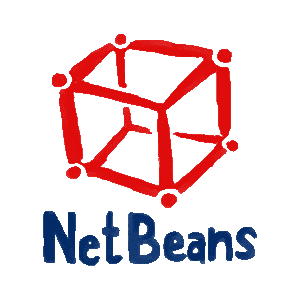 NetBeans is another popular open-source IDE, which helps sysadmins to quickly and easily develop desktop, mobile, and web applications. Some of the key features of it include fast code editing, code generating, code tips, a GUI builder, debugging tools etc.
NetBeans is another popular open-source IDE, which helps sysadmins to quickly and easily develop desktop, mobile, and web applications. Some of the key features of it include fast code editing, code generating, code tips, a GUI builder, debugging tools etc.
It supports Java, HTML5, PHP, C/C++, and JavaScript, and runs on Windows, Linux, or MacOS.
7. Windows Subsystem for Linux (WSL)
WSL is a new feature in Windows 10 that helps the developers who build web apps or work on open source projects to run native Linux command-line tools directly on Windows.
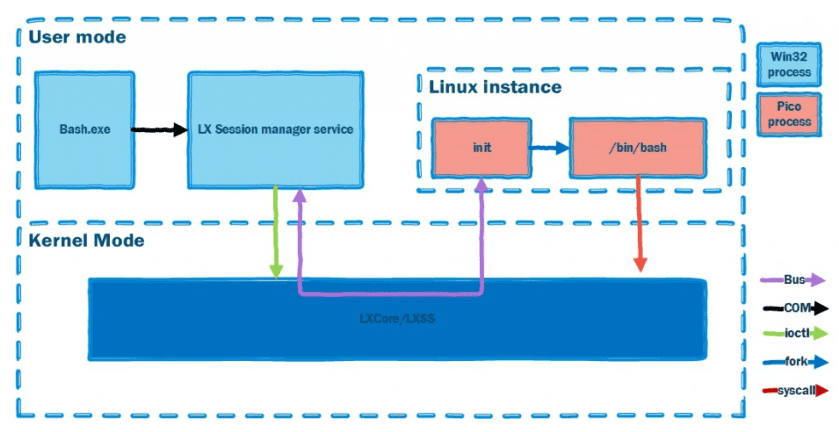 The sysadmins can use Bash, common Linux tools (sed, awk, etc.), and other Linux-first tools including Ruby and Python for using toolchain on Windows. It also enables Windows users to run real Ubuntu realspace.
The sysadmins can use Bash, common Linux tools (sed, awk, etc.), and other Linux-first tools including Ruby and Python for using toolchain on Windows. It also enables Windows users to run real Ubuntu realspace.
Also read: Database Migration Comparison: AWS, Google Cloud, Azure, IBM, Alibaba Cloud
8. Vim
 Vim (Vi Improved) is a leading open-source text editing application, which has been designed for command-line interface, and applications in graphical user interface (GUI).
Vim (Vi Improved) is a leading open-source text editing application, which has been designed for command-line interface, and applications in graphical user interface (GUI).
It is an upgraded version of vi editor and is used with most of the UNIX systems and with Apple OS X. It provides an extensive plugin system and support for hundreds of programming languages and file formats. It is also one of the most reliable sysadmin tools.
9. Bootstrap
Bootstrap, formerly called Twitter Blueprint, was built by developers at Twitter as a framework to increase the reliability across open-source toolkits. With bootstrap, the HTML, CSS, and JavaScript-based applications can be developed.
10. Nextcloud
 Nextcloud, the next-generation open source Enterprise File Sync and Share, was built by developers from ownCloud to enable the developers with all open-source development models, free of lock-ins or paywalls.
Nextcloud, the next-generation open source Enterprise File Sync and Share, was built by developers from ownCloud to enable the developers with all open-source development models, free of lock-ins or paywalls.
It can synchronize with local clients running OS X, Windows, and Linux distributions.
11. SystemRescueCD
 SystemRescueCD is a rescue disk available in form of CD/DVD and USB stick. It helps sysadmins to maintain tasks, fix/repair broken systems and data after a crash.
SystemRescueCD is a rescue disk available in form of CD/DVD and USB stick. It helps sysadmins to maintain tasks, fix/repair broken systems and data after a crash.
It also enables them to carry out admin tasks like creating and editing hard disk partitions on computers. It is available for Windows and Linux, and doesn’t need installation since it can be booted from CD/DVD or USB sticks. Its latest version is SystemRescueCD 4.6.0.
12. Cordova
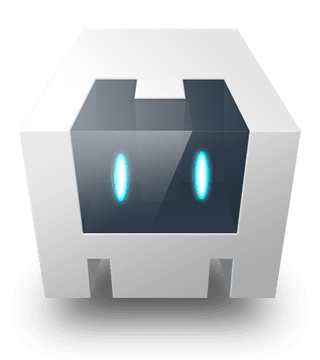 Cordova, the free and open source tool, is sponsored by Apache, and is used to build mobile apps with HTML, CSS, and JS.
Cordova, the free and open source tool, is sponsored by Apache, and is used to build mobile apps with HTML, CSS, and JS.
It wraps the app into a native container that can access the device functions of several platforms.
It enables developers to build apps for Android, iOS, Windows, LGwebOS, FireOS, etc.
Read Next: Top 5 Managed Services & Web Hosting industry trends in 2021
Wish to add any more sysadmin tools to the list? Do let us know in the comments section.
This post has been updated on 9th April, 2021.









